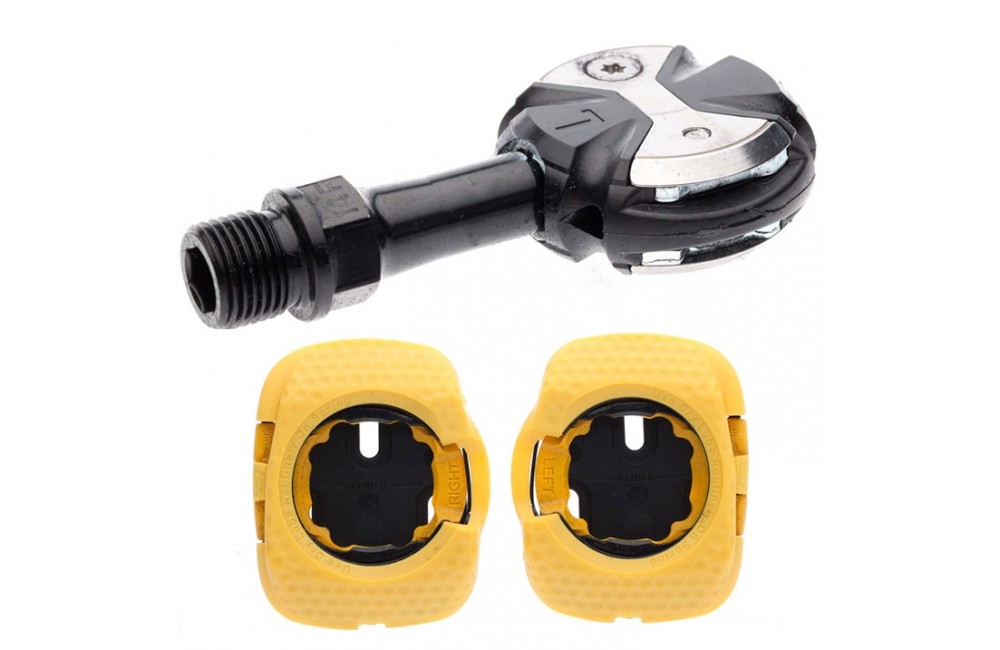

Just about all clipless pedals work this way, so you won’t need to relearn every time you try out a new pair of cleats. So to unclip your left foot, you would twist your left heel to the left, and to unclip your right foot, you would twist your right heel to the right. In order to unclip – to detach the cleat from the pedal – you simply push your heel to the side, away from the bike’s frame. Using them is simple: Once you’re clipped in, you can push down on the pedal, pull on the upstroke, or even pedal backwards. With the cleat affixed to the bottom of your shoe, when you push the cleat onto the pedal, the mechanism clamps onto the cleat and holds it - and therefore your shoe - in place. How cycling cleats workĬleats work by interacting with a spring mechanism built into the pedal. Cleats will also help you up steep climbs, as you’ll be able to push and pull all the way around the pedal stroke, without wasting effort on steep gradients. With cleats, you won’t need a second thought when spinning out on the rollers or sprinting for a town sign. It is incredibly difficult to keep your feet planted on flat pedals at over 80rpm, and it can be downright dangerous to try an all-out sprint. The faster you pedal and the more power you put out, the more important it is that you have cleats instead of flat pedals. On the other hand, flat pedals will allow you to ‘tripod’ in the blink of an eye.

It can be tricky to unclip your cleats mid-corner, especially if they are caked in dirt or mud. When riding through an especially wet, bumpy, or technical corner, riders will often unclip their inside leg in order to gain stability or to catch themselves in case their front wheel slips. Conversely, clipless pedals will keep your feet connected to the bike but this isn’t always a good thing.Ĭyclo-cross and mountain bike riders will know what a ‘dab’ or ‘tripod’ is. Cleats also keep your feet in a solid and consistent position, meaning that you won’t have to reposition your feet every few pedal strokes.įlat pedals affect your bike handling because you don’t have as good of a grip on the bike – on twisty descents or technical downhills, your feet could slip off of flat pedals if you’re not careful. And the harder you push, the harder it is to keep your feet in the perfect position on flat pedals.Ĭlipless pedals create a direct and consistent connection between your foot and the pedal, which means you can push and pull on the pedal all the way through the pedal stroke. Thus, you cannot pull up on the pedal, and the only way to keep the crank moving is to push it down. Flat pedals are extremely inefficient because your foot is not actually attached to the pedal. Every bump, hill, or twinge can change your foot’s position on the pedal, which will affect your pedal stroke, your power output, riding position, knee angle, etc. On flat pedals, your foot and therefore contact point with the pedal is in constant flux.


 0 kommentar(er)
0 kommentar(er)
